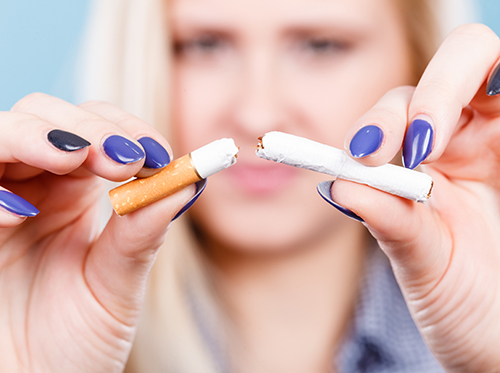Is there really a link between my mouth and heart?
October 17th, 2024

Yes, indeed! While brushing, flossing, and regular visits to Catawba Valley Dental Care are all key to maintaining a healthy smile and mouth, Dr. Chad Vanourny and our team want you to know the state of your oral health has a significant effect on your overall health.
Our mouths are full of bacteria—some good, and some harmful. Some types of bad bacteria can cause cavities, gingivitis and even periodontal (gum) disease. Without proper oral care and hygiene, these harmful types of bacteria are capable of entering your blood stream through inflamed gums, when inhaled through the mouth or through saliva.
Gum disease, in turn, has been linked to a number of health problems, researchers have found. These include:
- Heart disease: Gum disease may increase the risk of heart disease. Gum disease also is believed to worsen existing heart disease.
- Stroke: Gum disease may increase the risk of the type of stroke caused by blocked arteries.
- Diabetes: People with diabetes and periodontal disease may be more likely to have trouble controlling their blood sugar than diabetics with healthy gums.
- Premature birth: Women who suffer from gum disease during pregnancy may be more likely deliver their baby early, and it is likely her infant may be of low birth weight.
Dr. Chad Vanourny and our team at Catawba Valley Dental Care are experts in identifying and treating periodontal disease. Give us a call today at our convenient Charlotte office to schedule an appointment to improve your oral health and your overall health, too!




 Website Powered by Sesame 24-7™
Website Powered by Sesame 24-7™